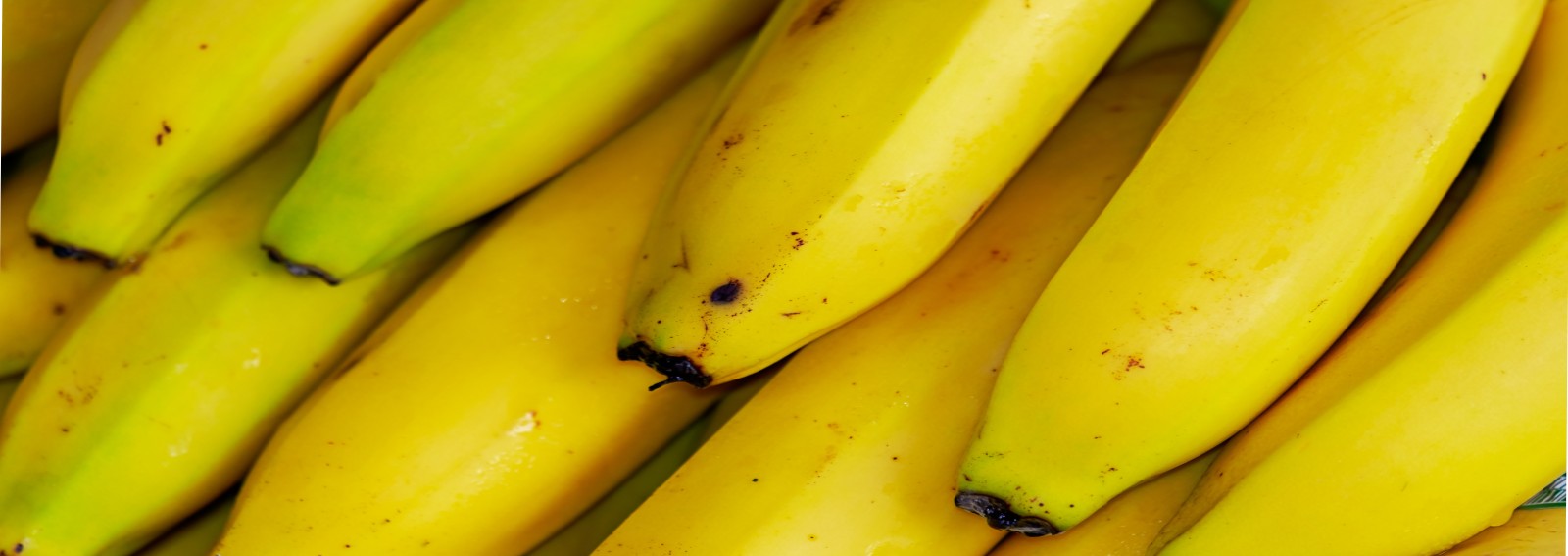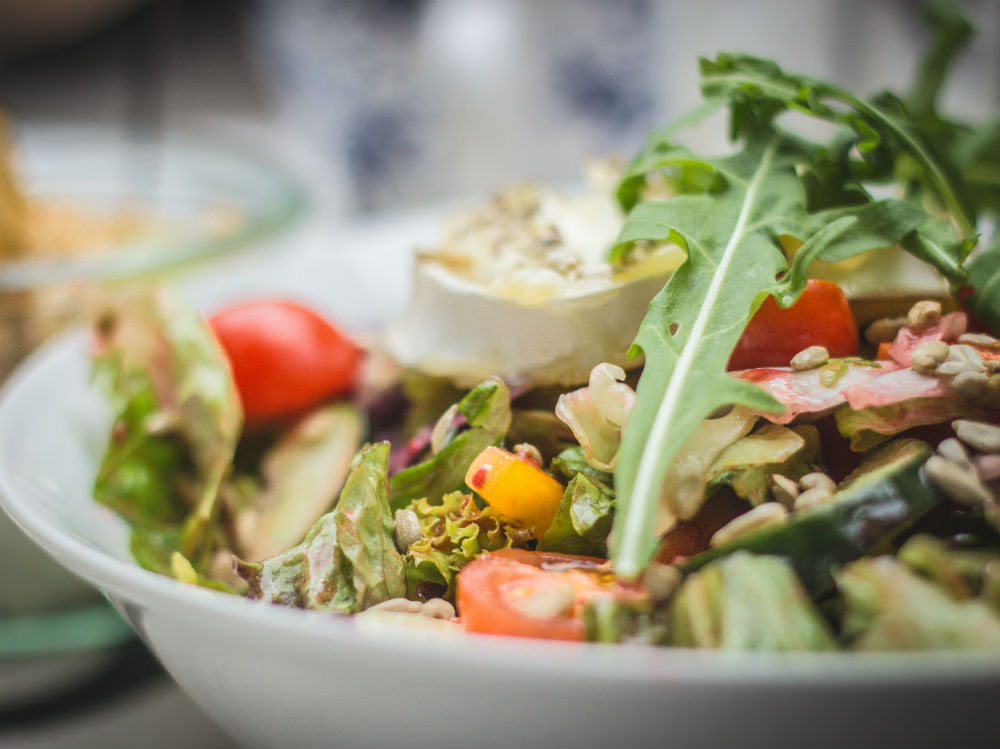

When the word “inulin” comes up, you may immediately associate it with the list of ingredients found in numerous products. Nonetheless, inulin is also naturally present in foods, serving as an outstanding dietary source.
Its benefits? Plenty, starting with gut health and its millions of good bacteria, which promote satiety and good mood. So, ensuring it on your plate could have many advantages.
What’s Inulin? Where Can You Find?

What is Inulin
Inulin is a soluble dietary fiber that slows down the assimilation of sugars and fats and facilitates the feeling of satiety.
It also has a prebiotic action, so once it reaches the intestine, it nourishes good bacteria including lactobacilli and bifidobacteria, which convert it into metabolites, including butyrate and other short-chain fatty acids that have an anti-inflammatory action useful for maintaining gut and overall health.
A balanced bacterial flora also benefits mood because it promotes greater synthesis of serotonin, the hormone that regulates mood.
Inulin also improves the assimilation of valuable minerals including calcium and magnesium, which are beneficial for bone health.
Where to Find It: The Richest Foods
Inulin is present in over three thousand vegetables and fruits. Among the foods that are most generous in it and that are often served at the table are garlic and onions.
Bananas are also a good source of it. Among vegetables, Jerusalem artichokes, chicory root, asparagus, artichokes, and leeks are particularly rich in it.
This article first appeared on Grazia.it – Author: Angela Altomare
Photo Credits: Unsplash













